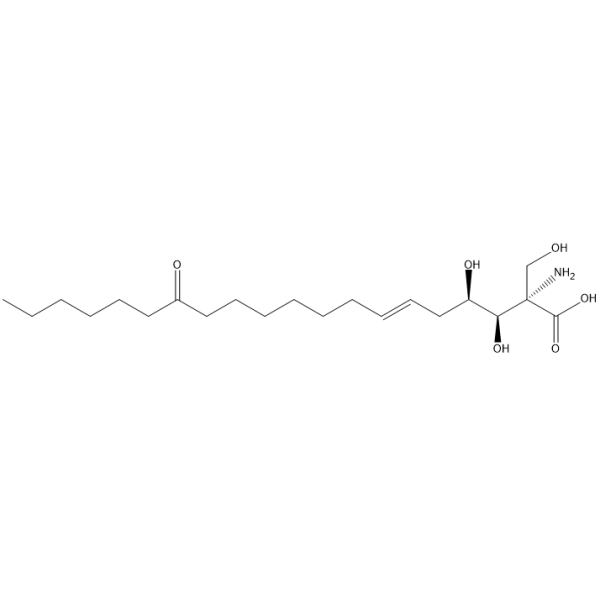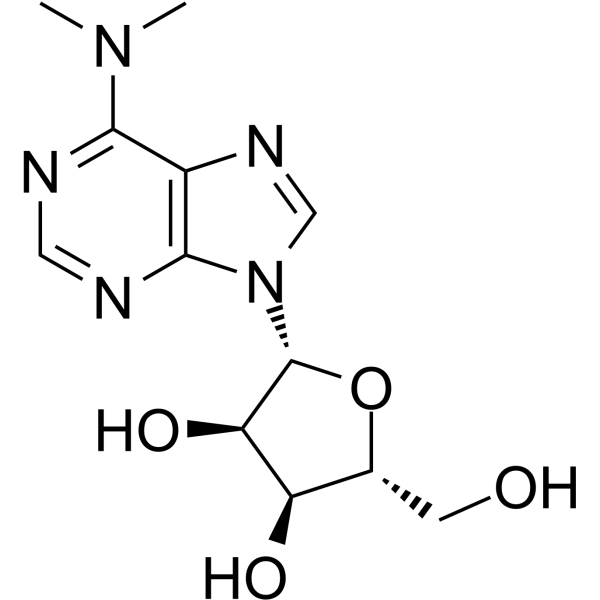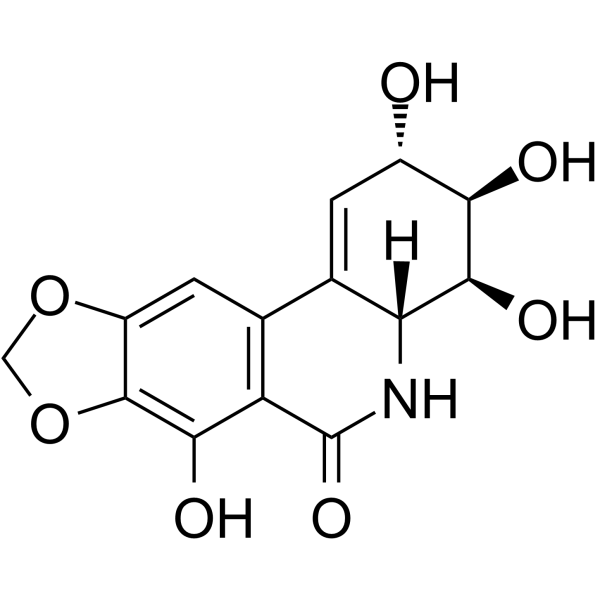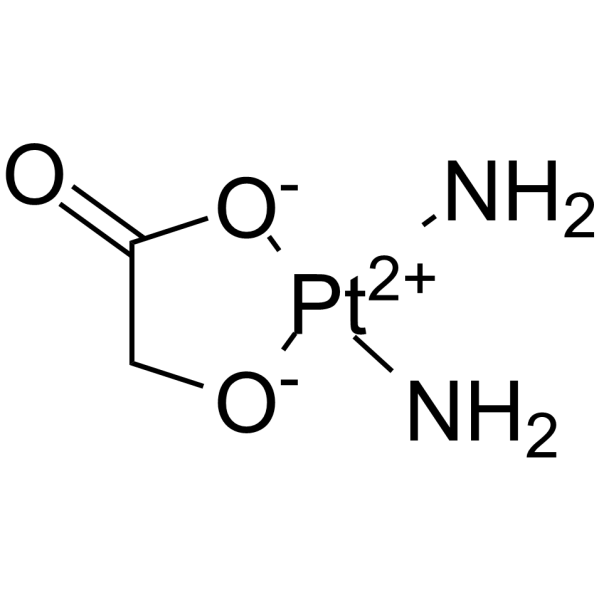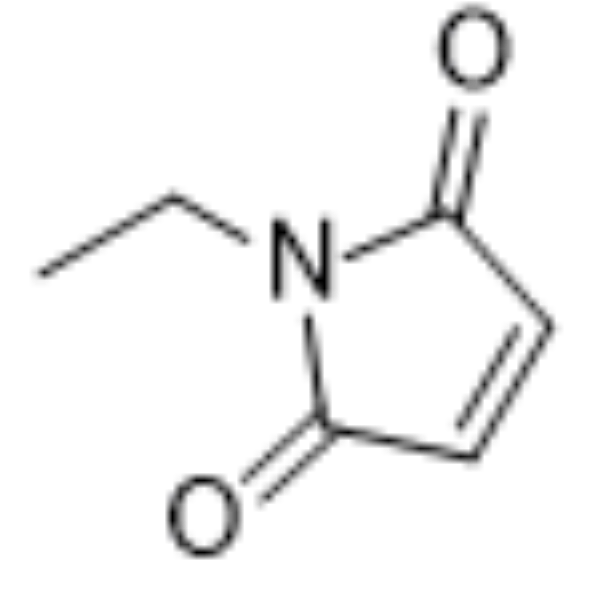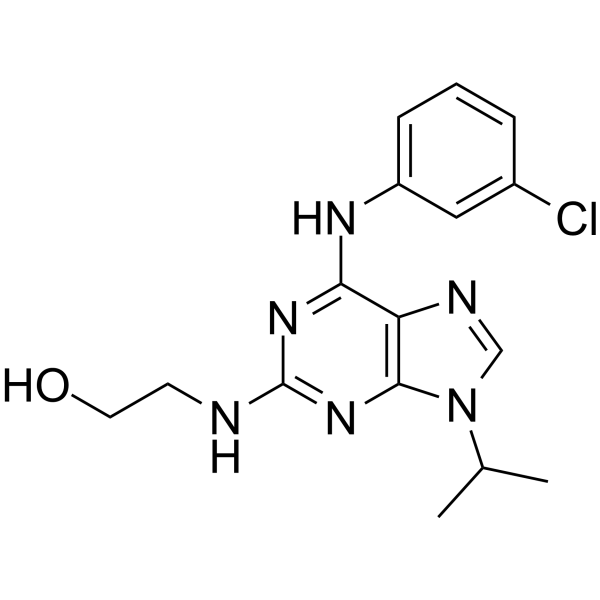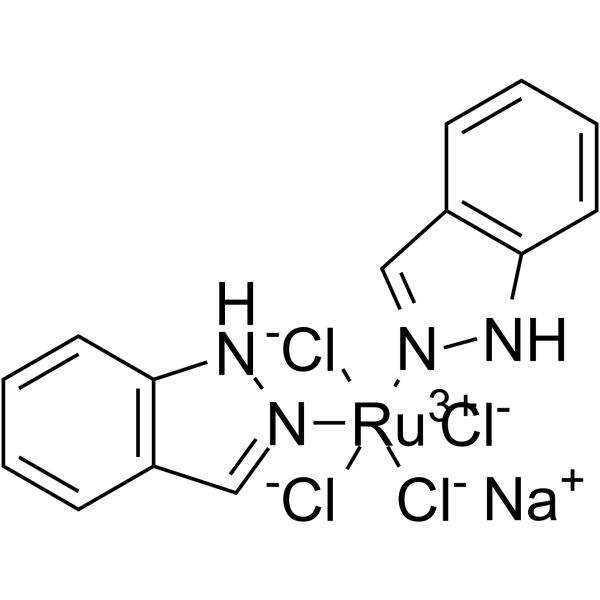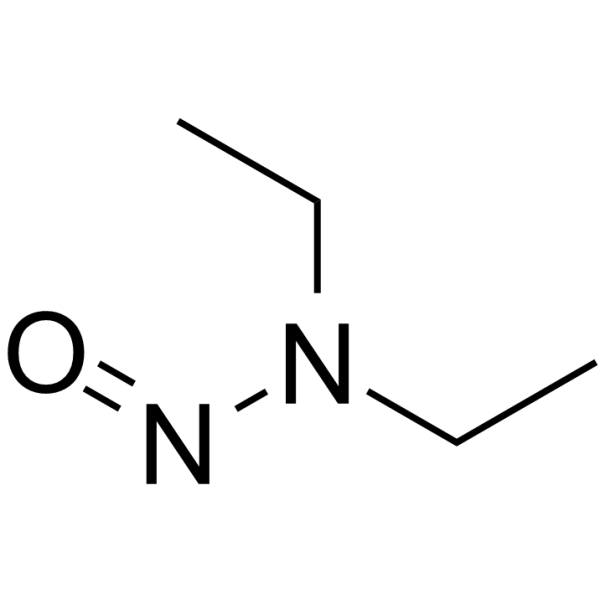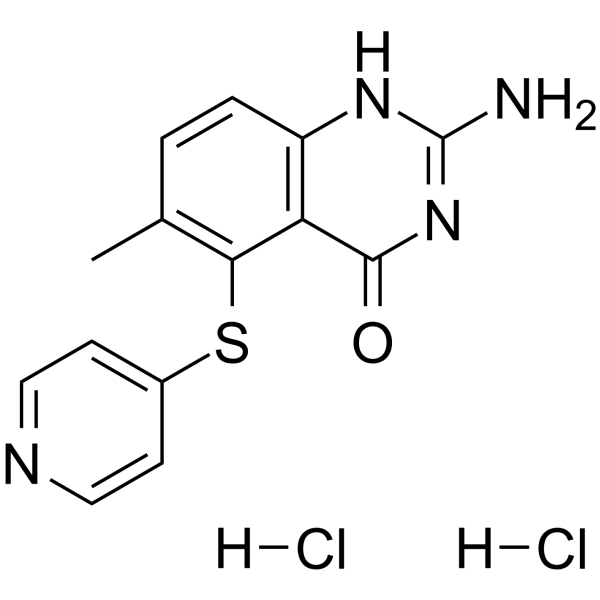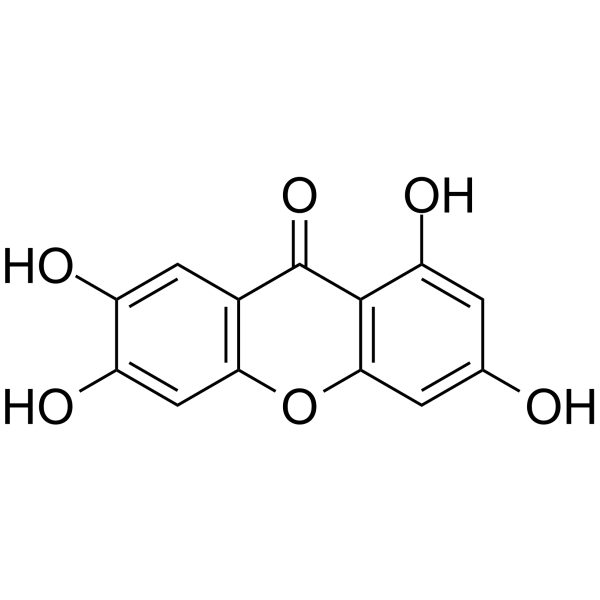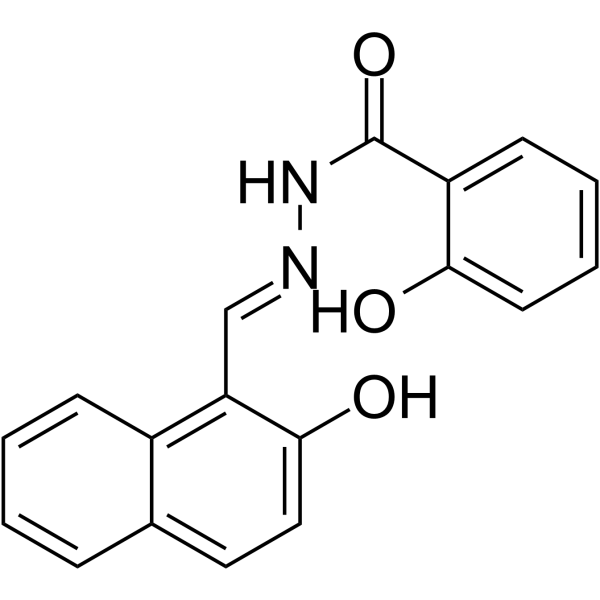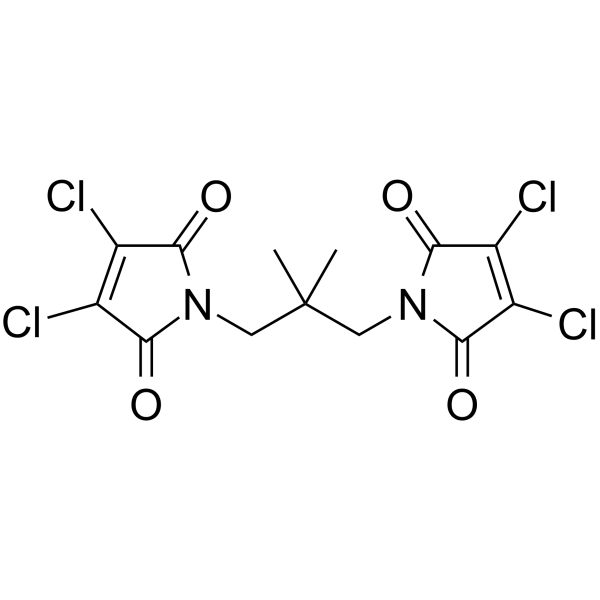|
BP13369
|
Myriocin
|
|
|
|
|
Myriocin is a fungal metabolite isolated from Myriococcum albomyces, Isaria sinclairi and Mycelia sterilia. Myriocin also is an effective inhibitor of serine-palmitoyl-transferase (SPT) and a key enzyme in de novo synthesis of sphingolipids. Myriocin strongly inhibits replication of both the subgenomic HCV-1b replicon and the JFH-1 strain of genotype 2a infectious HCV. It has an IC50 of 3.5 μg/mL for inhibiting HCV infection.
|
|
BP13370
|
N2-Methylguanosine
|
|
|
|
|
N2-methylguanosine is a modified nucleoside of tRNA that occurs at several specific locations in many tRNA's
|
|
BP13371
|
N6,N6-Dimethyladenosine
|
|
|
|
|
N6,N6-Dimethyladenosine is find in mycobacterium bovis Bacille Calmette-Guérin tRNA.
|
|
BP13372
|
N6-Methyladenine
|
|
|
|
|
N6-Methyladenine is a modified purine commonly found in genomes of prokaryotes, protists, and plants. N6-methyladenine affects diverse DNA functions, including replication, repair, and expression.
|
|
BP13373
|
Narciclasine
|
|
|
|
|
Narciclasine, a natural product, modulates the Rho/Rho-kinase/LIM kinase/cofilin signaling pathway, greatly increasing GTPase RhoA activity.
|
|
BP13374
|
Nedaplatin
|
|
|
|
|
Nedaplatin is a derivative of cisplatin and DNA damage agent for tumor colony forming units (IC50: 94 μM). Containing a novel ring structure in which glycolate is bound to the platinum by a bidentate ligand, nedaplatin forms reactive platinum complexes that bind to nucleophilic groups in DNA, resulting in intrastrand and interstrand DNA cross-links, apoptosis and cell death.
|
|
BP13375
|
Netarsudil Dihydrochloride
|
|
|
|
|
Netarsudil Dihydrochloride is an inhibitor of Rho-associated protein kinase (ROCK) and norepinephrine transporter (NET) with effective in intraocular pressure (IOP) reduction.
|
|
BP13376
|
N-Ethylmaleimide
|
|
|
|
|
N-ethylmaleimide is a sulfhydryl reagent that is widely used in experimental biochemical studies.
|
|
BP13377
|
NG 52
|
|
|
|
|
NG 52 is a cell-permeable, reversible, and ATP-compatible inhibitor of the cell cycle-regulating kinase Cdc28p and the related Pho85p kinase.
|
|
BP13378
|
Nimustine Hydrochloride
|
|
|
|
|
Nimustine has been used in trials studying the treatment of Glioblastoma.
|
|
BP13379
|
NITD-2
|
|
|
|
|
NITD-2 is a dengue virus (DENV) polymerase inhibitor, inhibits the DENV RdRp-mediated RNA elongation. NITD-2 penetrates cell membrane poorly. Dengue virus (DENV) is the most prevalent mosquito- borne viral pathogen in humans. Neither vaccine nor antiviral therapy is currently available for DENV.
|
|
BP13380
|
NKP-1339
|
|
|
|
|
NKP-1339 (IT-139) induces G2/M cell cycle arrest, blockage of DNA synthesis, and induction of apoptosis via the mitochondrial pathway.
|
|
BP13381
|
N-Nitrosodiethylamine
|
|
|
|
|
N-Nitrosodiethylamine is a potent hepatocarcinogenic dialkylnitrosoamine. N-Nitrosodiethylamine is mainly present in water, tobacco smoke, cheddar cheese, cured, fried meals and many alcoholic beverages. N-Nitrosodiethylamine is responsible for the changes in the nuclear enzymes associated with DNA repair/replication. N-Nitrosodiethylamine results in various tumors in all animal species. The main target organs are the liver, nasal cavity, trachea, lung and esophagus.
|
|
BP13382
|
Nolatrexed dihydrochloride
|
|
|
|
|
Nolatrexed Dihydrochloride is the dihydrochloride salt of nolatrexed, a water-soluble lipophilic quinazoline folate analog with antineoplastic activity. Nolatrexed occupies the folate binding site of thymidylate synthase, resulting in inhibition of thymidylate synthase activity and thymine nucleotide synthesis with subsequent inhibition of DNA replication, DNA damage, S-phase cell cycle arrest, and caspase-dependent apoptosis. This agent also exhibits radiosensitizing activity.
|
|
BP13383
|
Nolatrexed
|
|
|
|
|
Nolatrexed is a thymidylate synthase inhibitor with potential anticancer activity.
|
|
BP13384
|
Norathyriol
|
|
|
|
|
Norathyriol is a potent PTP1B inhibitor with good cell permeability and oral availability.
|
|
BP13385
|
NSAH
|
|
|
|
|
NSAH is a nonnucleoside inhibitor of human ribonucleotide reductase (hRR).with cell-free IC50 of 32 μM and cell-based IC50 of ~250 nM, respectively.
|
|
BP13386
|
NSC23005 Sodium
|
|
|
|
|
NSC23005 sodium is a novel and effective p18 inhibitor (ED50=5.21 nM) in promoting Hematopoietic stem cells (HSCs) expansion in both murine and human models.
|
|
BP13387
|
NSC23005
|
|
|
|
|
NSC23005 sodium is a p18INK inhibitor with potently promoted hematopoietic stem cell (HSC) expansion (ED50: 5.21 nM).
|
|
BP13388
|
NSC 617145
|
|
|
|
|
NSC617145 is an inhibitor of WRN helicase that inhibits the ATPase, but not exonuclease, activity of WRN helicase in a concentration-dependent manner.
|
